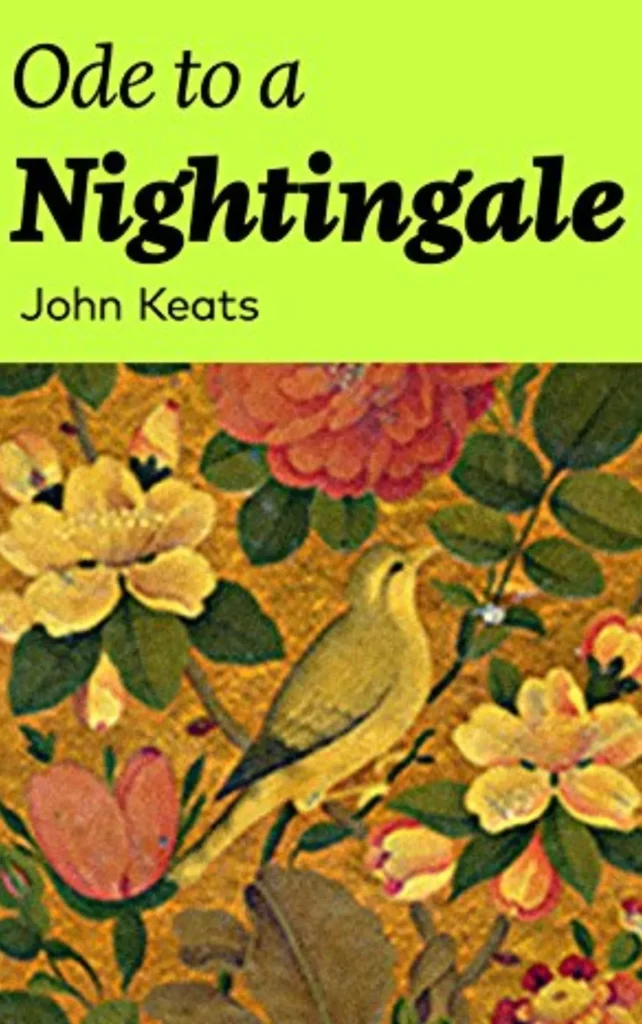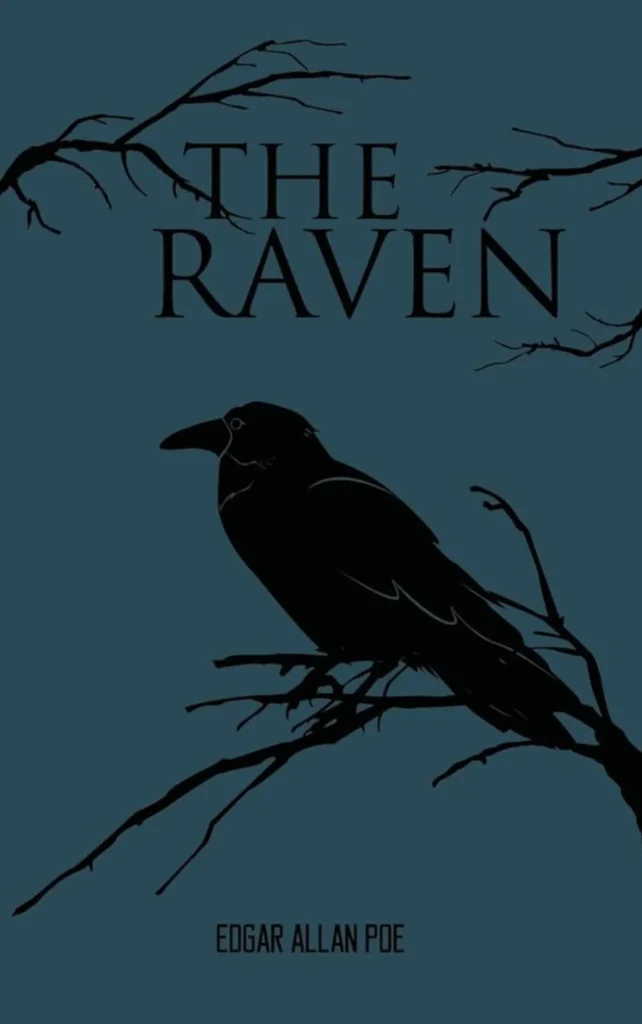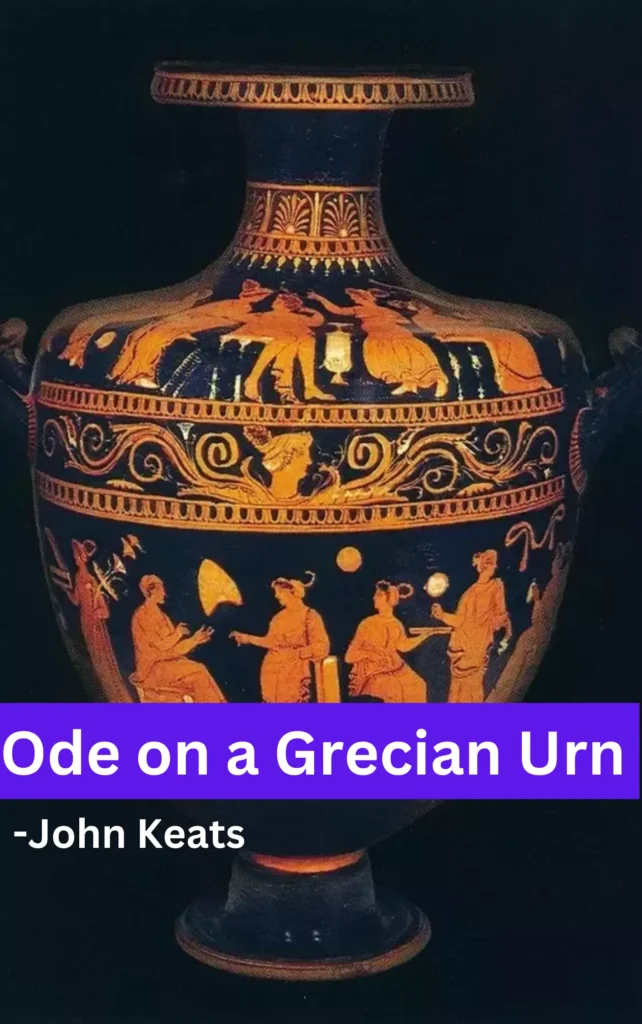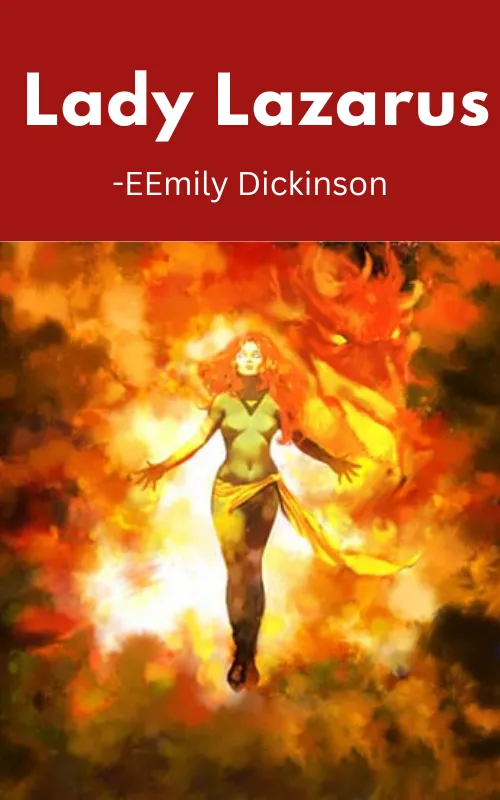About Poem- “Hope” Is the Thing With Feathers
| Poem Title | “Hope” Is the Thing With Feathers |
| Poet | Emily Dickinson |
| Year of publication | 1891 |
| Genre | Lyric Poetry |
| Theme | The nature of hope, its enduring quality |
| Structure | Consists of 4 quatrains (four-line stanzas) |
| Rhyme scheme | ABAB CDCD EFEF |
| Poetic devices | Extended metaphor, personification, anaphora, pathetic fallacy |
| Tone | Positive, uplifting, and optimistic |
| Main Metaphor | Hope is compared to a bird (a “thing with feathers”) |
| Central Message | Hope is a resilient and unwavering force that sustains individuals in difficult times. |
| Key Imagery | Bird, storm, chillest land, sweetest in the gale |
Themes of “Hope” Is the Thing With Feathers
- Hope ➤ The poem is all about hope, highlighting how it’s like a bird that lives in our hearts and keeps us going, even in tough times.
- Perseverance ➤ It emphasizes that hope never gives up, no matter the circumstances. It continues to sing its song within us.
- Strength ➤ The poem suggests that hope gives us the strength to endure challenges and storms in life.
- Comfort ➤ It shows how hope provides comfort and solace during difficult times, just like a bird’s song can be soothing.
- Endurance ➤ The poem teaches us that hope is enduring and everlasting, always with us in both good and bad moments.
“Hope” Is the Thing With Feathers Poem by Emily Dickinson
“Hope” is the thing with feathers –
That perches in the soul –
And sings the tune without the words –
And never stops – at all –
And sweetest – in the Gale – is heard –
And sore must be the storm –
That could abash the little Bird
That kept so many warm –
I’ve heard it in the chillest land –
And on the strangest Sea –
Yet – never – in Extremity,
It asked a crumb – of me.
“Hope” Is the Thing With Feathers- Summary & Analysis
Stanza 1
“Hope” is the thing with feathers –
That perches in the soul –
And sings the tune without the words –
And never stops – at all –
In the first stanza, Dickinson introduces her metaphor of hope as a bird. She describes how hope “perches in the soul” and sings a song that is never-ending. The speaker’s use of the phrase “the tune without the words” suggests that hope is a feeling that cannot be fully explained or articulated. However, it is a feeling that is always present and always comforting.
Stanza 2
And sweetest – in the Gale – is heard –
And sore must be the storm –
That could abash the little Bird
That kept so many warm –
In the second stanza, Dickinson develops her metaphor by describing how hope is “sweetest in the gale.” This suggests that hope is most needed and most valuable when we are facing challenges. The speaker also asserts that hope is incredibly resilient. Even in the midst of the fiercest storm, the bird of hope is able to survive and continue singing.
Stanza 3
I’ve heard it in the chillest land –
And on the strangest Sea –
Yet – never – in Extremity,
It asked a crumb – of me.
In the final stanza, Dickinson expands the scope of her metaphor by suggesting that the bird of hope is present everywhere, from the “chillest land” to the “strangest Sea.” This suggests that hope is universal and available to everyone. The speaker also emphasizes that hope is a gift that is freely given. The bird of hope never asks for anything in return.
FAQs from “Hope” Is the Thing With Feathers
What is the message of hope is the thing with feathers?
The message of the poem is: Hope is a powerful force that can sustain us through adversity.
What is the paradox in Hope is the thing with feathers?
The paradox in the poem is that hope is both delicate and resilient. It is like a small bird that can be easily destroyed, but it is also able to survive the fiercest storms.
What does sore must be the storm mean?
Sore must be the storm means that the storm would have to be very severe to destroy hope.
Why does Hope ask nothing in return?
Hope asks nothing in return because it is a freely given gift.
What does that kept so many warm mean?
“That kept so many warm” means that hope has helped many people through difficult times.
What does that could abash the little bird mean?
The line “that could abash the little bird” means that only a very severe storm could make the bird of hope stop singing.
What does sweetest in the gale is heard mean?
Sweetest in the gale is heard means that hope is most needed and most valuable when we are facing challenges.
What does the last line of Hope is the Thing with Feathers mean?
The last line of the poem means hope never goes away.











